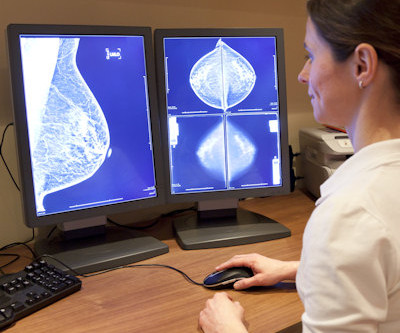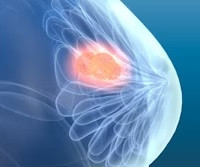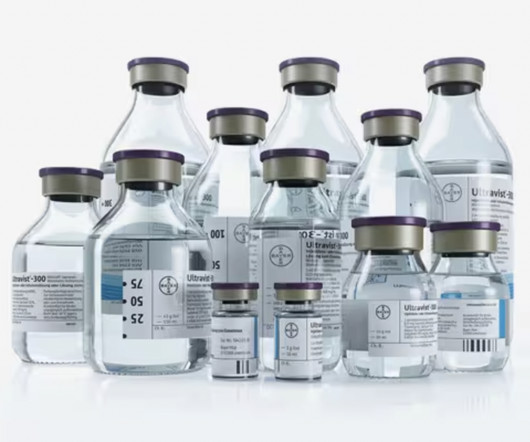Calcifications on mammo could identify women at risk of CVD
AuntMinnie
MARCH 15, 2024
Detecting breast arterial calcifications on routine mammograms could identify women at a higher risk of future cardiovascular disease (CVD), a study published March 13 in Clinical Imaging found. Breast arterial calcifications are incidental findings on mammograms. 0.0002 N/A N/A Presence of diabetes 2.77 Parity 4 0.006 3.31













Let's personalize your content